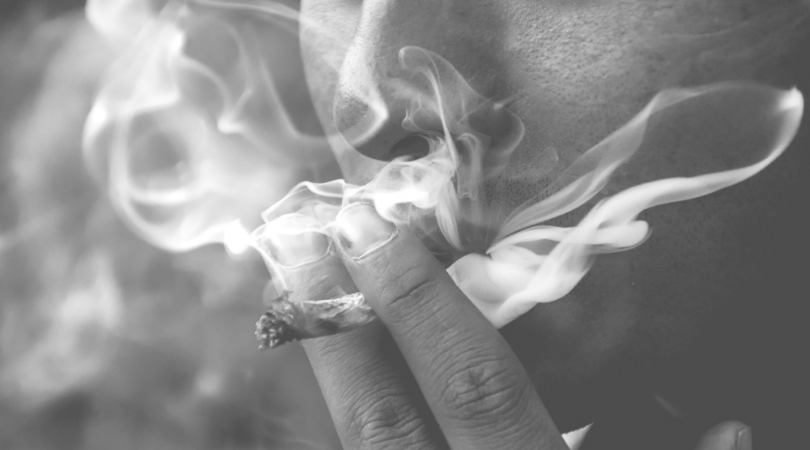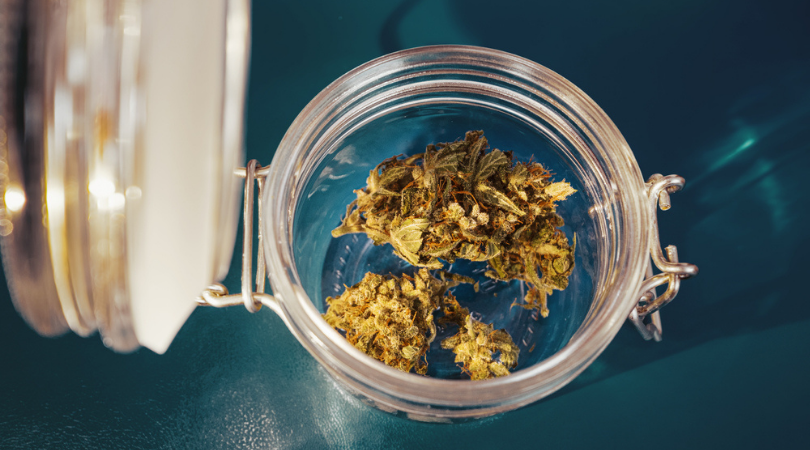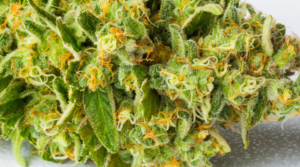The hardest thing about being a cannabis journalist is balancing productivity with all the weed I consume. While writing about weed for a living is a dream gig, I’ve lost countless days to overconsumption. Spiraling into the lazy vortex of bong rips and bad TV means deadlines begin to pile up like the emails in my inbox. The only thing I manage to answer on those days is a shameful “Yes” when Netflix asks if I’m still watching.
Before quarantine, I had been a sativa-only stoner for over a decade. Like many, I viewed indicas as a productivity-inhibiting treat reserved for after work or before bed, a desert but never a meal. Though I was aware of the controversy surrounding the incorrect labeling of flower as indica or sativa, the market doesn’t reflect the weed world’s relatively new aversion to this kind of distinction, and I didn’t realize just how incorrect I was. As someone who has adhered to that method of categorizing intoxication since high school, it was branded into my brain, an inherent bias I had yet to eradicate.
Then, quarantine hit. Things slowed way down. In trying to navigate the overabundance of free-time, I found my sativa-dominant lifestyle was no longer cutting it. The same strain that used to fill me with energy to run errands and finish my articles was turning me into a ball of anxiety with nowhere to go and no one to interact with outside of my own negative thoughts.

I began incorporating indica strains into my daily routine, realizing that the type of strains I’d written off due to their categorization as indicas held the key to balancing my productivity all along. Exploring this relationship in these months of isolation has forever changed the way I look at flower.
The mislabeling of indica and sativa
“Labeling strains as indica or sativa ultimately is a disservice to patients and consumers because it sets up false expectations around experience,” said Emma Chasen, a cannabis educator and industry consultant with a degree from Brown University in Medicinal Plant Research.
“Indica and Sativa are species designations for cannabis plants. Species are defined by their genetics, the physical manifestation of the organism, not how an organism might make a person feel when consumed.”
While most consumers associate sativa with an energized high and indicas with a sleepy “in-da-couch” vibe, the indica/sativa distinction is actually based on the physical characteristics of the plant. Sativa-dominant plants tend to have thinner, sharper leaves with seven or more leaf blades per leaf and take longer to flower. Indicas tend to be squatter with five broadleaf blades per leaf and experience a shorter flowering time.
“The chemical compounds, or chemotype, of the plant is what has influence on the experience. Those compounds are subject to environmental factors just as much as they are coded for by the plant’s genetics,” Chasen said. “Therefore, there is no guarantee that something labeled as an Indica will make someone feel sleepy and something labeled as a sativa will make someone feel energized.”









